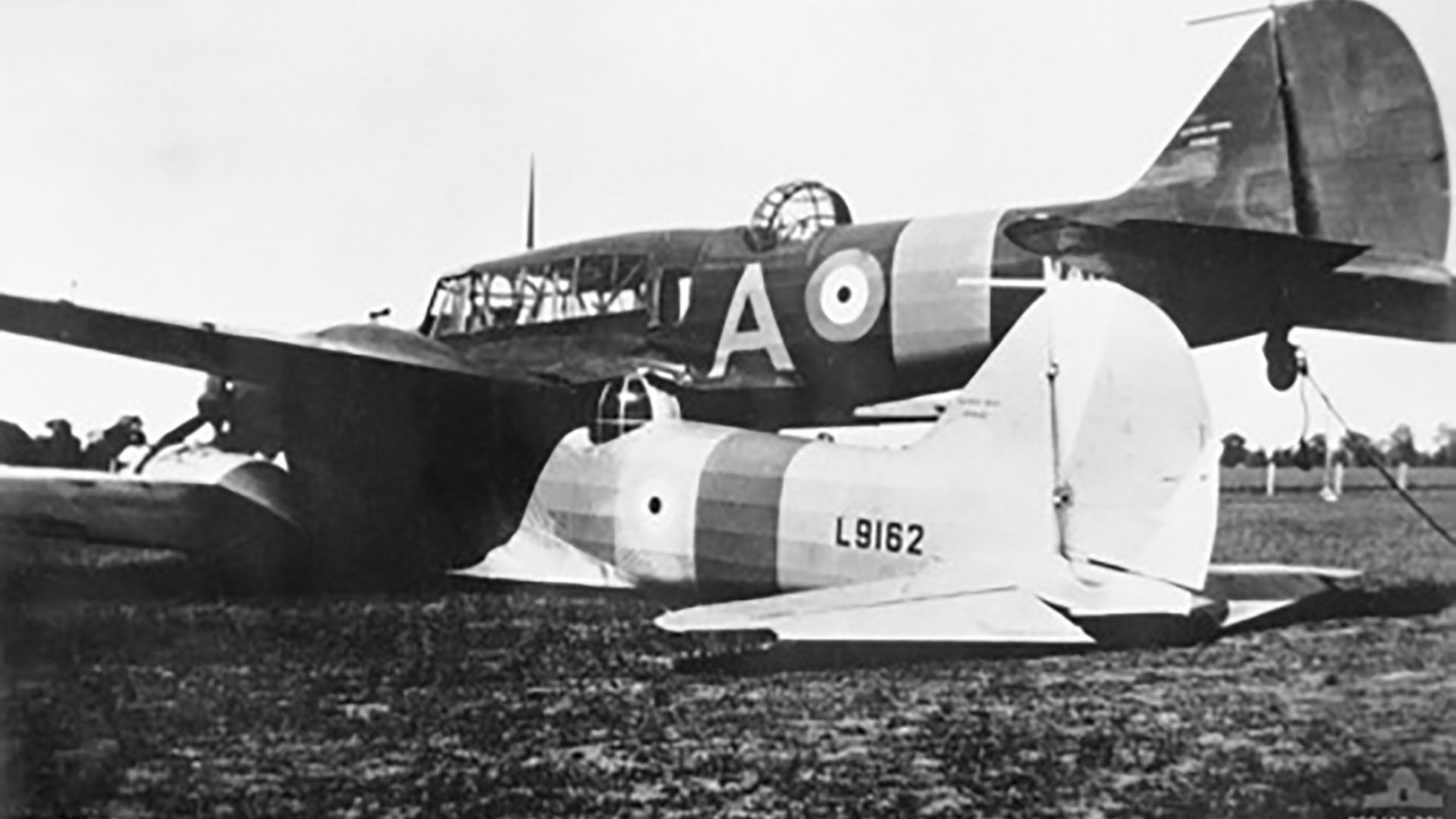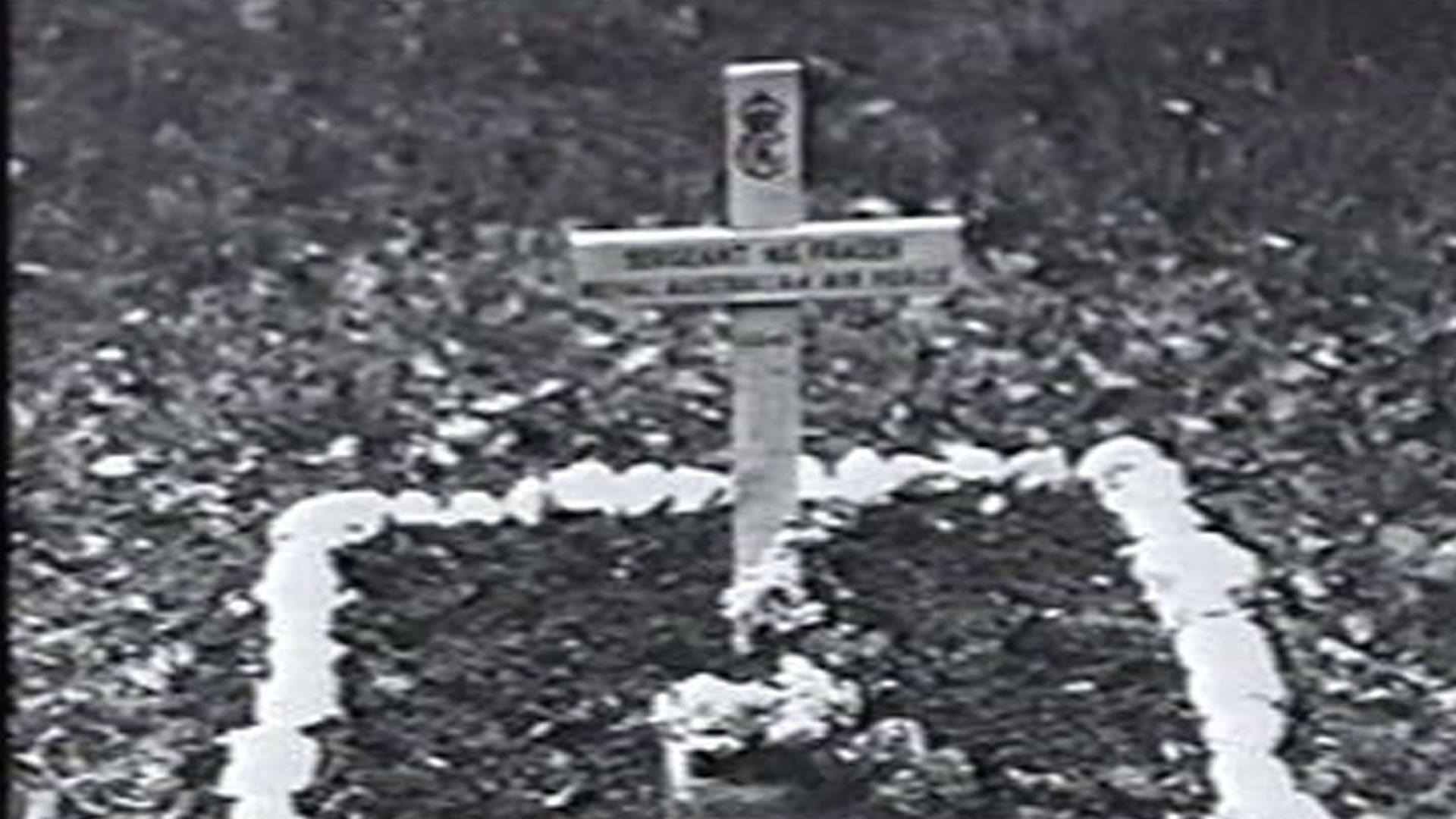Pilot Officer Hugh Gavin Fraser (402051) served in the Royal Australian Air Force during World War Two. Born on 9th April 1913, he was the son of Andrew Currie Fraser and Beatrice Irene Fraser (née Biber) of Camberwell, Melbourne, Victoria, Australia.
Hugh Gavin Fraser was involved in a notorious wartime incident before his posting to RAF 206 Squadron in the UK. On 29th September 1940, a pair of planes collided in mid air during a training exercise over Brocklesby, New South Wales, Australia. The incident was unusual and gained coverage in many newspapers.
The 2 Avro Anson planes locked together in mid-air at a height of 300 metres and both managed to land safely with both crews surviving the incident. While making a banking turn, the pilots lost sight of each other and the planes joined together with a “grinding crunch of metal and tearing of fabric”.
Both navigators bailed out followed by Leading Aircraftman Jack Inglis Hewson, the inured pilot of the lower Anson. One of those navigators was Hugh Gavin Fraser, the other was Leading Aircraftman Ian Menzies Sinclair.
The pilot of the upper plane, Leading Aircraftman Leonard Graham Fuller, controlled both using ailerons and flaps as well as the engine power of the lower plane. He made a successful landing in a paddock near Brocklesby. Unbelievably, both planes returned to service with the Royal Australian Air Force after repairs.
Hudson AM604 Crash
Pilot Officer Fraser died on 1st February 1942 aged 28 years old. He was the pilot on Lockheed Hudson AM604 flying with RAF 206 Squadron. The crew took off from RAF Aldergrove, Crumlin, Co. Antrim on a non-operational aerodrome defence exercise.
The starboard wing of the plane struck trees near the airfield. The Hudson landed upside down and caught fire on impacting the ground. All members of the crew died in the incident.
Hugh Gavin Fraser’s grave is in Section 23, Grave 6 of St. Catherine’s Church of Ireland, Killead, Co. Antrim. His name features on Panel 122 of the Australian War Memorial, Canberra, Australia. His headstone bears the inscription:
To the world, he was but one. To us, he was the world.

